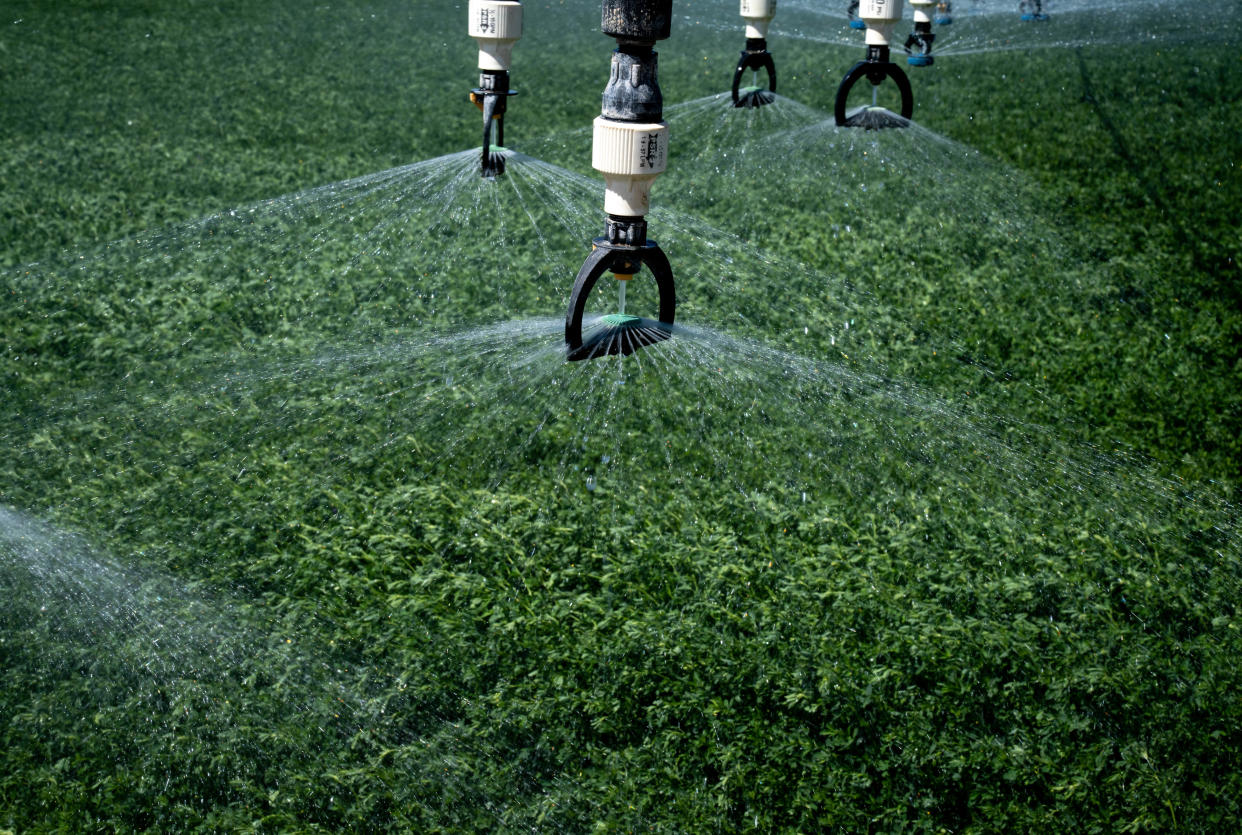The Saudis are draining Arizona to feed their cows, right? Well, not exactly

The Saudis aren’t draining Arizona.
Not even close.
This is a common misconception, fueled by news that Arizona offered a Saudi Arabian-based company, Fondomonte, a sweetheart deal to farm state trust land in La Paz County.
It’s heartening to see so much interest in who uses our water, and for what purpose.
But this debate desperately needs some context.
Did Arizona sell its water to the Saudis?
No (though this is a commonly searched question on Google).
The state Land Department leased land – not water – to Fondomonte. And it did so at well below market rates, without adequate explanation or transparency on the deal.
That was a mistake.
It’s fair question to ask whether Arizona can or should charge for water on the state trust land it leases, considering how precious and limited groundwater is.
But if anything, the Fondomonte deal points to the larger problem, which is that state law allows virtually unlimited pumping in rural areas.
We must slow the steady drain of rural groundwater. And that’s going to take a lot more than nixing one poorly crafted lease.
But aren't the Saudis pumping our water?
In a sense, yes.
Fondomonte is drawing water from the Butler Valley groundwater basin, one of a handful set aside for central Arizona cities to drain over time.
But so are farmers in the other transfer basins, and we seem to be OK with that.
How to get water? Lawmakers float ideas to help Rio Verde Foothills
Granted, Butler Valley is largely undeveloped. Fondomonte is presumed to be its largest current water user by far, though the company has never fully disclosed how much it has pumped.
It needs to be more forthcoming. So does the state.
What we do know is that Fondomonte’s nearly 3,500 acres comprise less than 2% of the basin – and about 5% of the alfalfa hay in production in La Paz County.
A study due later this year should offer a better sense of Butler Valley’s current supplies and demands.
As of 2012, the basin was estimated to have 6.5 million acre-feet of water available.
Why should our water feed Saudi cows?
That’s also a fair question.
But keep in mind that a little less than 10% of the alfalfa Arizona produces is exported, according to a working paper from University of Arizona agricultural economics professor Russell Tronstad and others.
Most of Arizona’s alfalfa goes to local dairies, which produce milk that is predominantly consumed by Arizonans.
And – plot twist – while Saudi Arbia gets about 40% of the alfalfa and other forage crops we send overseas, according to Tronstad’s analysis of federal and state export data, China is the bigger beneficiary, accounting for 57% of Arizona’s exported forage in 2021.
Tronstad estimates that of all the water used to irrigate farmland in Arizona, exported alfalfa accounts for 2% to 4.6% of it – or 121,000 acre-feet to 202,000 acre-feet in 2022.
That’s not insignificant. The city of Phoenix typically delivers a little more than 300,000 acre-feet of water to taps each year, for comparison.
But considering that agriculture accounts for about 70% of water use statewide, exported alfalfa represents just a few drops in that bucket.
Reach Allhands at joanna.allhands@arizonarepublic.com. On Twitter: @joannaallhands.
If you love this content (or love to hate it – hey, I won't judge), why not subscribe to get more?
This article originally appeared on Arizona Republic: Saudis are draining Arizona to feed their cows? Not exactly

